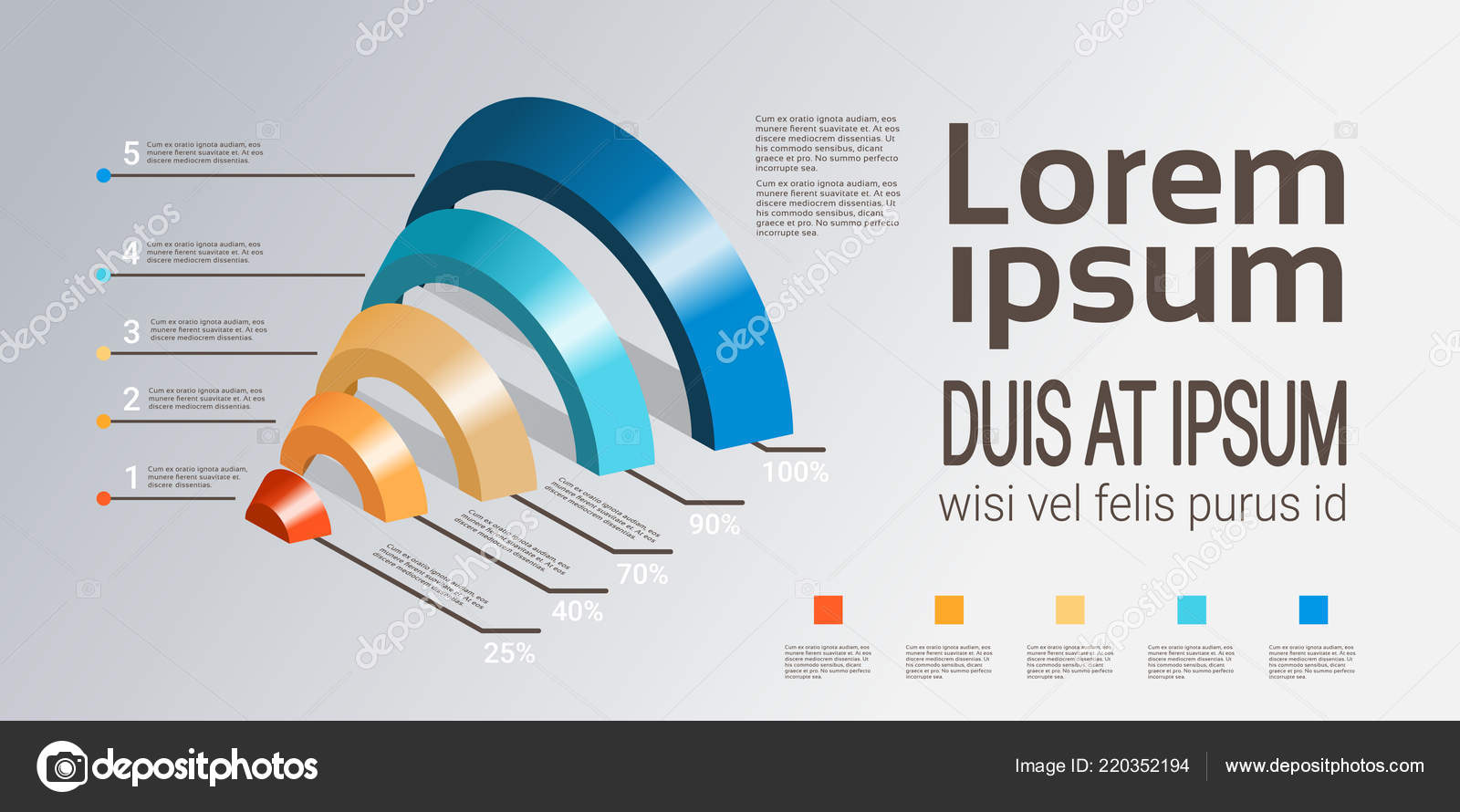Interested In Finding Out Exactly How Internet Site Layout Has Evolved? Take A Journey Through The Improvement
Interested In Finding Out Exactly How Internet Site Layout Has Evolved? Take A Journey Through The Improvement
Blog Article
Content Written By-Johnsen Dalby
In the past, internet sites were basic and focused on details. Navigating was direct, and style was for desktops. Now, user experience is crucial. Information overviews designs for very easy navigation. Responsive layouts suit different devices. Today, dark mode reduces strain, and minimalist food selections improve navigation. Interactive features involve customers, and strong visuals stand apart. AI assimilation improves engagement. See just how style has actually evolved to improve your on-line trip.
Early Days of Web Design
In the early days of web design, simpleness preponderated. Websites were basic, with limited colors, typefaces, and layouts. The emphasis got on offering information as opposed to flashy visuals. Customers accessed the internet via slow-moving dial-up connections, so rate and capability were essential.
Navigating menus were straightforward, commonly situated at the top or side of the web page. Websites were designed for computer, as mobile surfing had not been yet common. Content was king, and developers prioritized very easy readability over intricate layout elements.
HTML was the primary coding language made use of, and developers had to function within its restrictions. Animations and interactive features were very little contrasted to today's criteria. Web sites were static, with little vibrant material or customized customer experiences.
Surge of User-Focused Design
With the evolution of internet site layout, a shift in the direction of user-focused design principles has ended up being progressively famous. Today, producing internet sites that focus on individual experience is essential for involving site visitors and accomplishing company objectives. User-focused layout entails understanding the needs, choices, and actions of your target audience to customize the internet site's layout, material, and includes as necessary.
Developers currently carry out detailed research study, such as user surveys and functionality testing, to gather understandings and responses directly from individuals. This data-driven technique assists in creating user-friendly navigation, clear calls-to-action, and aesthetically appealing interfaces that reverberate with site visitors. By placing the customer at the center of the design procedure, sites can provide an extra individualized and delightful experience.
Responsive style has actually additionally emerged as a key element of user-focused layout, making sure that internet sites are maximized for various devices and display dimensions. This flexibility improves ease of access and usability, dealing with the diverse ways customers interact with web sites today. Essentially, https://www.mckinsey.com/business-functions/marketing-and-sales/our-insights/the-new-marketing-model-for-growth-how-cpgs-can-crack-the-code of user-focused style signifies a shift in the direction of producing electronic experiences that prioritize the needs and expectations of completion customer.
Modern Trends in Web Design
Discover the current patterns forming website design today. One famous fad is dark mode design, using a smooth and contemporary appearance while reducing eye strain in low-light settings. One more vital fad is minimal navigating, simplifying menus and enhancing customer experience by focusing on essential elements. Integrating micro-interactions, such as computer animated switches or scrolling effects, can produce an extra appealing and interactive website. Receptive design remains crucial, guaranteeing seamless individual experiences throughout different tools. Additionally, utilizing strong typography and unbalanced layouts can include aesthetic interest and accentuate particular content.
Incorporating AI technology, like chatbots for client assistance or personalized referrals, enhances individual engagement and enhances processes. Accessibility has additionally end up being a substantial fad, with designers focusing on comprehensive layout techniques to deal with varied user demands. Embracing sustainability by optimizing web site efficiency for speed and performance is one more emerging pattern in website design. Teaming up with customer comments and information analytics to iterate and boost layout continuously is necessary for remaining pertinent in the ever-evolving digital landscape. By accepting these modern-day fads, you can create an aesthetically appealing, user-friendly site that reverberates with your target market.
Final thought
As you assess the advancement of web site layout from the early days to now, you can see exactly how user-focused layout has actually ended up being the driving force behind modern trends.
Embrace the journey of modification and adaptation in web design, always maintaining the customer experience at the forefront.
Stay current with the most up to date fads and technologies, and never ever stop developing your technique to produce visually spectacular and easy to use web sites.
Develop, adapt, and develop - the future of web design remains in your hands.
